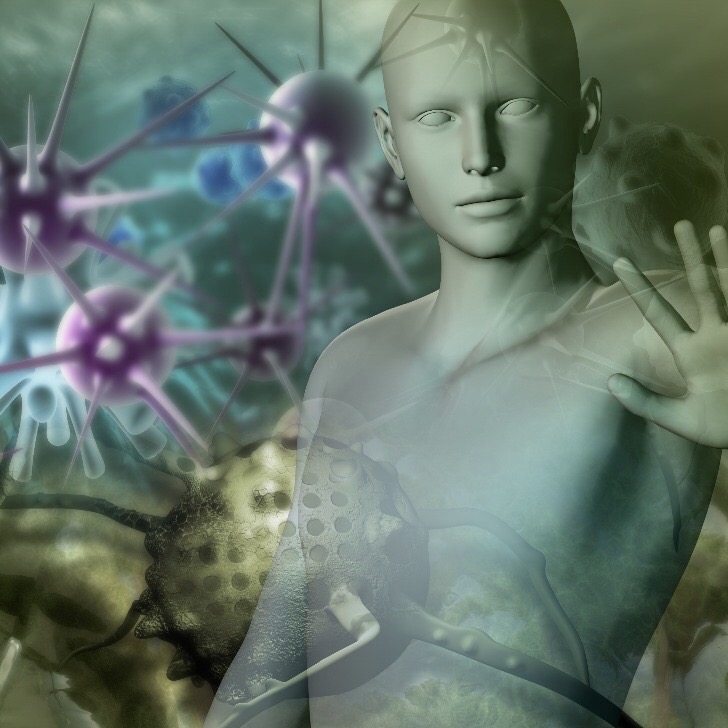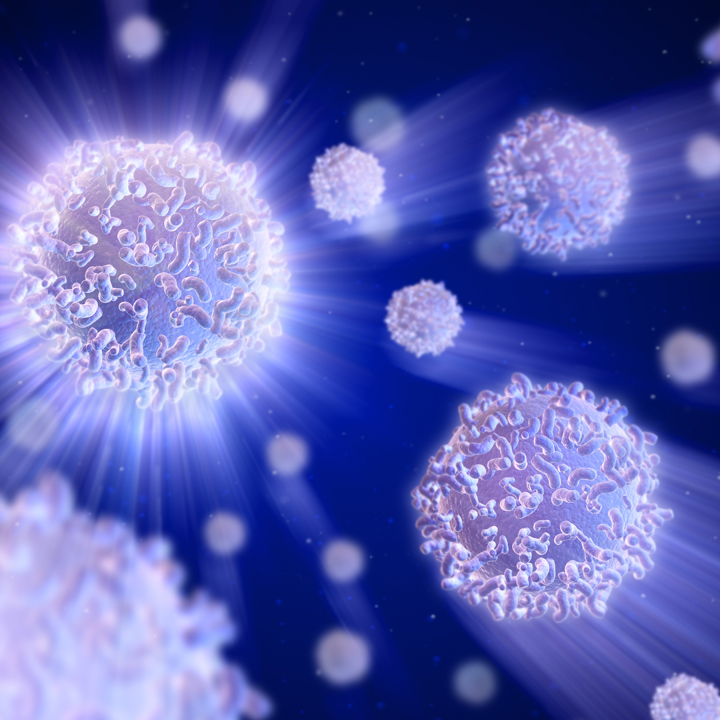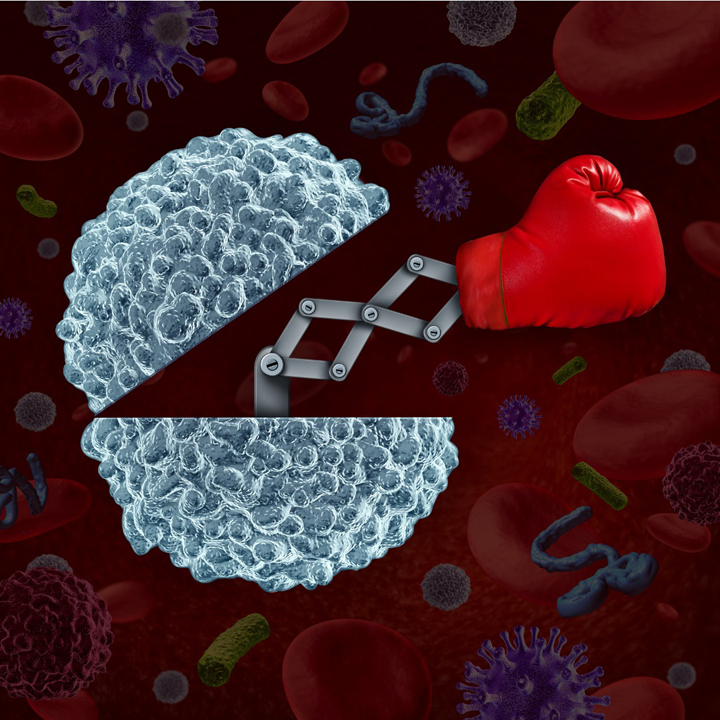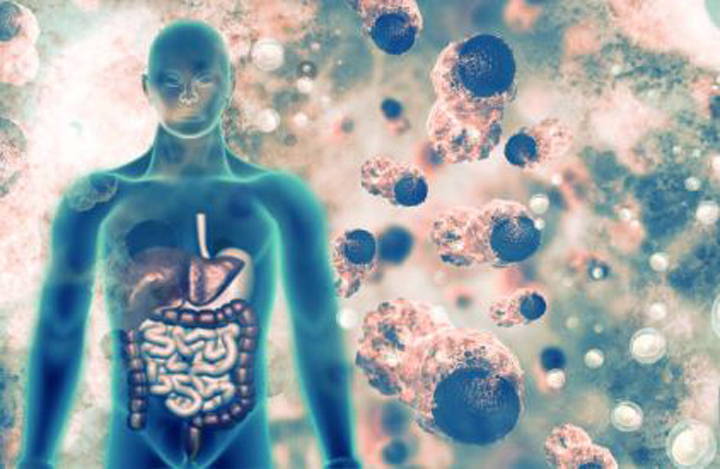

“The lymphatic and immune systems are interconnected to such a degree that a number of lymphoid organs are also main sites of the body’s defence, specifically the bone marrow, spleen, thymus and lymph nodes”


How to buy a Body Ballancer®
Find Out moreThe lymphatic system and immunity
How the lymphatic and immune systems work together:
One of the many benefits of a healthy, well-functioning lymphatic system is an improved immune system, but why is this so?
What is Immunity?
Immunity is the ability to resist illness and damage from undesirables such as bacteria, viruses, fungi and moulds. The body has a number of protective methods for preventing these nasties from entering the body in the first place, or preventing them from taking hold if they do. This is called non-specific immunity.
Specific immunity on the other hand gives us the ability to identify, destroy and remember very specific pathogens, enabling us to fight them over and over again, often without us knowing. In both instances, the lymphatic and immune systems work together seamlessly to combat infection and disease.
Non-specific immunity
Non-specific or ‘innate’ immunity is the body’s first line of defence and aims to block the entry and spread of disease-causing agents. There are three stages:
- Physical non-specific immunity – the physical barriers that represent our first line of defence, and usually performed by a part of our anatomy. They include:
The skin: not just for goose bumps, sunburn and accumulating unwanted hair, the skin prevents the penetration any unwelcome organisms living on its surface due to its thick, keratinised top layer – the epidermis. When unbroken, the skin is largely impervious to infection and water
Hair: particularly in the ears, nose, and eyes (brows and lashes) that can trap or prevent the penetration of dirt and dust
Mucus membranes: lining the respiratory, digestive and urinary tracts, these produce fluids that include tears, saliva and mucus that can flush the area of irritants
Evacuation: beloved of schoolboys the world over, vomiting, diarrhoea, coughing and sneezing are often used by the body to expel unwanted and harmful foreign bodies.
- Non-specific chemical defences- these consist of a wide variety of substances found throughout the body. They include the extremely caustic hydrochloric acid that lines the stomach which – as well as breaking down the food we eat – also stops harmful germs and toxins from entering the intestines, typically those that cause us to regret eating the 10 day old prawns in the back of the fridge; tears, perspiration and saliva that contain enzymes capable of breaking down certain bacteria; and the sebum released through the skin’s hair follicles that provides a protective film that inhibits the growth of a number of pathogens.
- The third weapon in our non-specific arsenal involves the use of antibodies that will attack and destroy all invaders in a generalised way, paying no heed to what those bacteria or viruses are. The process often starts with the inflammatory response, designed not just to make us feel hot, sore and uncomfortable, but to increase the blood supply to the affected area, at the same time flooding it with white blood cells. Also called leukocytes, white blood cells are basically immunity cells that are continually patrolling the body looking for a fight. When the body is in distress or under attack, they will flood the area devouring any suspicious looking micro-organisms in Pac-Man like fashion.
Specific Immunity
Also known as the adaptive or acquired immune system, the specific immune system is triggered when a pathogen has managed to outmanoeuvre the significant number of obstacles that the non-specific immune system has to offer. The situation now requires a precise and targeted response against the invader, which will be carried out by highly specialised white blood cells known as lymphocytes.
Lymphocytes acquire the ability to identify specific foreign invaders they have encountered before due to:
- a previous attack of an infectious disease
- vaccination
- being passed on by a pregnant mother to her baby through the placenta.
Known as Natural Killer (NK), B-lymphocytes and T-lymphocytes, they will not only attack the specific pathogen, but will provide us with future immunity by recognising the same one again at a later date, often ridding the body of it without us even feeling ill.
The role of the lymphatic system
The lymphatic and immune systems are interconnected to such a degree that a number of lymphoid organs are also main sites of the body’s defence, specifically the bone marrow, spleen, thymus and lymph nodes. It is in the bone marrow that the specialist infection-busting lymphocytes are originally produced before heading off into the bloodstream and lymph nodes to await their call to action.
This call to action will frequently come from via the vast collection of lymphatic capillaries and vessels, which has been referred to as the ‘transport network’ of the immune system due to the critical role it plays in mobilising the body’s specific and non-specific defences.
Lymphatic fluid entering this transport network is filtered through the lymph nodes, which also happen to be a major stronghold of the Pac-Man like leukocytes (or ‘macrophages’) we encountered in non-specific immunity, above. Any unwanted invaders picked up by the lymph – be they bacteria, viruses or dead cell waste – will be engulfed and digested in the lymph nodes. This activity can be so vigorous in the face of a significant infection that the nodes – or ‘glands’ can become swollen, something most of us have experienced from time to time.
Should any passing invaders – which can include cancer cells – jog the memory of any resident lymphocytes, they will trigger a specific immune reaction and the lymphocytes will reproduce in large numbers, leaving the lymph nodes to be transported via the lymphatic fluid to other parts of the body to continue their immune response functions.
Mystery solved…
So we can now understand why a healthy, free-flowing lymphatic system is essential to our overall health and well-being, and how a sluggish, compromised system will:
- lead to a build-up of toxins and waste in the body tissues which may lead to illness and fatigue
- slow down the transportation of bacteria, viruses and other potentially dangerous foreign bodies to the lymph nodes to be attacked by their huge army of germ-busting macrophages and lymphocytes
- delay the replication of the specialist B- and T-lymphocytes needed to fight their particular foes as well as preventing their rapid distribution throughout the rest of the body.
A healthy lymphatic system requires movement through exercise or specialist lymphatic drainage massage, good nutrition and lots and lots of water to keep it flowing freely.
The Body Ballancer is peerless when it comes to providing consistent, high-quality lymphatic massage, and a course of 6 is recommended to get the lymphatic system into tip-top shape followed by a weekly or fortnightly maintenance programme. Go to our Where to Find Us pages to locate your nearest clinic or spa. And don’t forget to keep visiting our blog for the latest hints and tips on how best to Love your Lymph!
